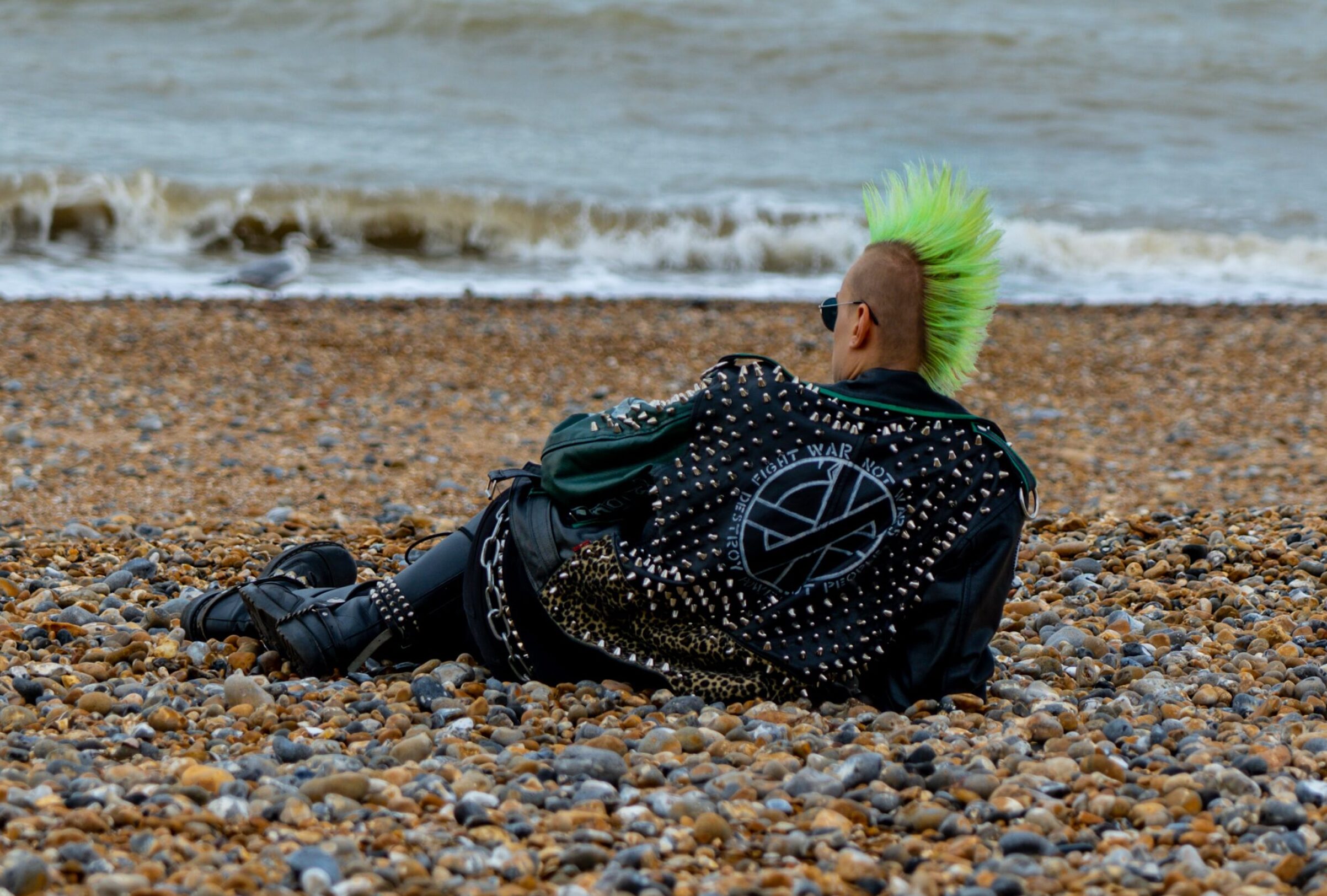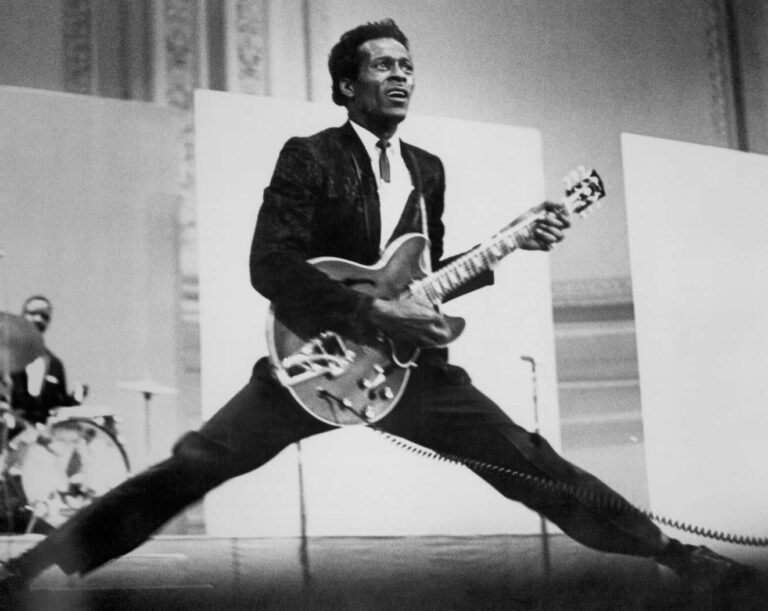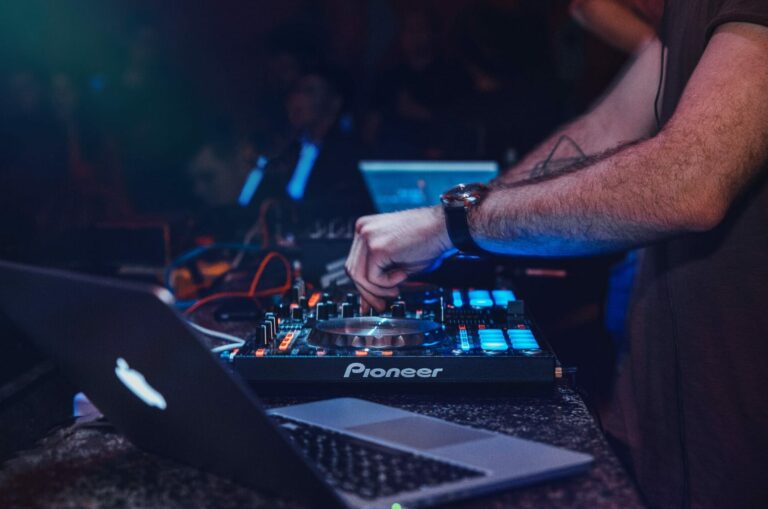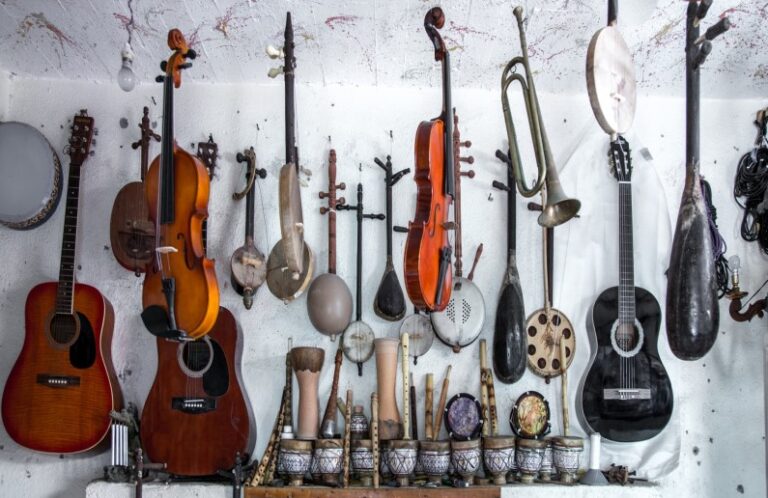Analyzing the characteristics of punk rock and its influence on other genres
From its rebellious roots in the 1970s to its continued influence on modern music, punk rock has played a significant role in shaping the sound and culture of popular music. With its raw energy, DIY ethos, and uncompromising attitude, punk rock has inspired countless musicians across multiple genres. But what exactly defines punk rock? What are its characteristics that make it stand out from other types of music? And how did this genre become such an influential force in the world of music? In this blog post, we will dive into the history, fashion, and most importantly – the music – behind punk rock while also exploring how it continues to influence other genres today.
Defining punk rock
Punk rock is more than just a genre of music; it’s a way of life. At its core, punk rock is about rebellion against the status quo and challenging authority. It’s about expressing yourself unapologetically and fighting for what you believe in.
One of the defining characteristics of punk rock is its raw energy and intensity. The music often features distorted guitars, driving rhythms, and aggressive vocals that are meant to convey a sense of urgency and passion.
In addition to its musical elements, punk rock is also closely associated with a distinct fashion style. From leather jackets to ripped jeans to studded belts, punks have always been known for their edgy fashion choices that reflect their non-conformist attitudes.
But perhaps most importantly, punk rock has always been defined by its DIY ethos. Punks have never waited around for major labels or corporate sponsors to support them – instead, they’ve taken matters into their own hands by self-releasing records, organizing shows in basements or warehouses, and creating zines to spread their message.
While there may be many different ways to define punk rock depending on who you ask, one thing remains clear: it’s all about pushing boundaries and standing up for what you believe in no matter the cost.
The history of punk rock
Punk rock is a genre of music that originated in the mid-1970s, primarily in the United States and United Kingdom. It emerged as a response to the mainstream rock music of the era, which was seen as being too commercialized and lacking authenticity.
The origins of punk rock can be traced back to bands like The Stooges and MC5 in Detroit, who were playing raw, aggressive music with political undertones. However, it wasn’t until the emergence of groups like The Ramones, Sex Pistols and The Clash that punk began to gain widespread popularity.
These early punk bands were characterized by their stripped-down sound, simple chord progressions and confrontational lyrics. They rejected many aspects of traditional rock culture, such as virtuosity and elaborate stage shows.
Punk also had a DIY ethos that encouraged fans to start their own bands and record labels without relying on major record companies or established venues. This helped create a vibrant underground scene where creativity flourished.
In addition to its musical innovations, punk also had an impact on fashion and art. Many punks adopted distinctive styles like leather jackets adorned with studs or safety pins through clothing items for shock value which became iconic symbols of rebellion against mainstream society.
Punk rock represents one of the most significant cultural movements of the last century – one that continues to inspire new generations even today.
The fashion of punk rock
Punk rock was not just a music genre, it was also a subculture that influenced fashion. The punk fashion was about standing out and making a statement. Punk rockers expressed their rebellion through the way they dressed.
One of the main characteristics of punk fashion was DIY (Do It Yourself). They would create their own clothes by cutting, ripping, and patching together different fabrics. This gave them a unique look that reflected their individuality.
Another aspect of punk fashion was safety pins. Safety pins were used to hold clothes together or as an accessory on jackets or bags. It became an iconic symbol for the punk movement.
The use of leather and denim were also popular in punk fashion. Leather jackets with studs and patches showed off the rebellious nature of punks while ripped jeans represented anti-establishment ideals.
Hairstyles played an important role in punk fashion too. Men often rocked mohawks while women had brightly colored hair styled into spikes or shaved heads.
The punk fashion scene encouraged creativity and self-expression through clothing choices that stood out from mainstream society’s norms.
The music of punk rock
Punk rock music is characterized by its raw, aggressive and rebellious sound. It’s usually fast-paced with heavily distorted guitars, simple chord progressions, and lyrics that often address social or political issues. The genre emerged in the mid-1970s as a response to the commercialization of rock music.
One of the key features of punk rock music is its emphasis on DIY (Do It Yourself) ethos. Many punk bands started out playing in small venues without major record label backing. They recorded their own albums using cheap equipment and distributed them through independent channels.
Another important aspect of punk rock music is its anti-establishment attitude. Punk songs critique authority figures such as politicians, police officers, and religious leaders while advocating for individual freedom and autonomy.
Punk music has also been influential in shaping other genres such as post-punk, hardcore punk, grunge, and alternative rock. Bands like Nirvana have cited punk as a major influence on their sound.

The unique characteristics of punk rock make it an enduring genre that continues to inspire new generations of musicians who seek to challenge mainstream conventions in their artistry.
Punk rock’s influence on other genres
Punk rock emerged as a reaction to the mainstream music scene in the mid-1970s. Its raw, aggressive sound and rebellious attitude quickly captured the attention of young people looking for something different. As punk rock became more popular, it began to influence other genres of music.

One genre that was heavily influenced by punk rock is alternative rock. Bands like Nirvana and Pearl Jam incorporated elements of punk into their music, creating a new sound that was both edgy and melodic.
Hip hop is another genre that has been influenced by punk. The DIY ethos of punk inspired early hip hop artists to create their own beats and lyrics, often using whatever resources they had available to them.
Even pop music has been touched by the influence of punk rock. Artists like Pink and Avril Lavigne have embraced aspects of punk fashion and attitude in their image, while still maintaining a more mainstream sound.
It’s clear that the impact of punk on other genres can still be felt today. Its spirit of rebellion continues to inspire musicians across all types of music to push boundaries and challenge expectations.
Punk rock has left an undeniable impact on the music industry and pop culture as a whole. Its rebellious and anti-establishment attitude brought about a new wave of artists who were unapologetically themselves. The genre’s influence can be heard in various genres such as grunge, post-punk, emo, and even pop.
Punk rock fashion also gave rise to a new style that continues to inspire designers today. From ripped jeans to leather jackets and studded belts, punk fashion made its mark on the runway.
The music itself remains timeless with classics from bands like The Ramones, Sex Pistols, and The Clash still being played regularly on radio stations around the world.
Punk rock represents a cultural movement that defied expectations and changed the course of music history forever. Its legacy will continue to live on for generations to come as new artists are inspired by its sound and message of individuality.






